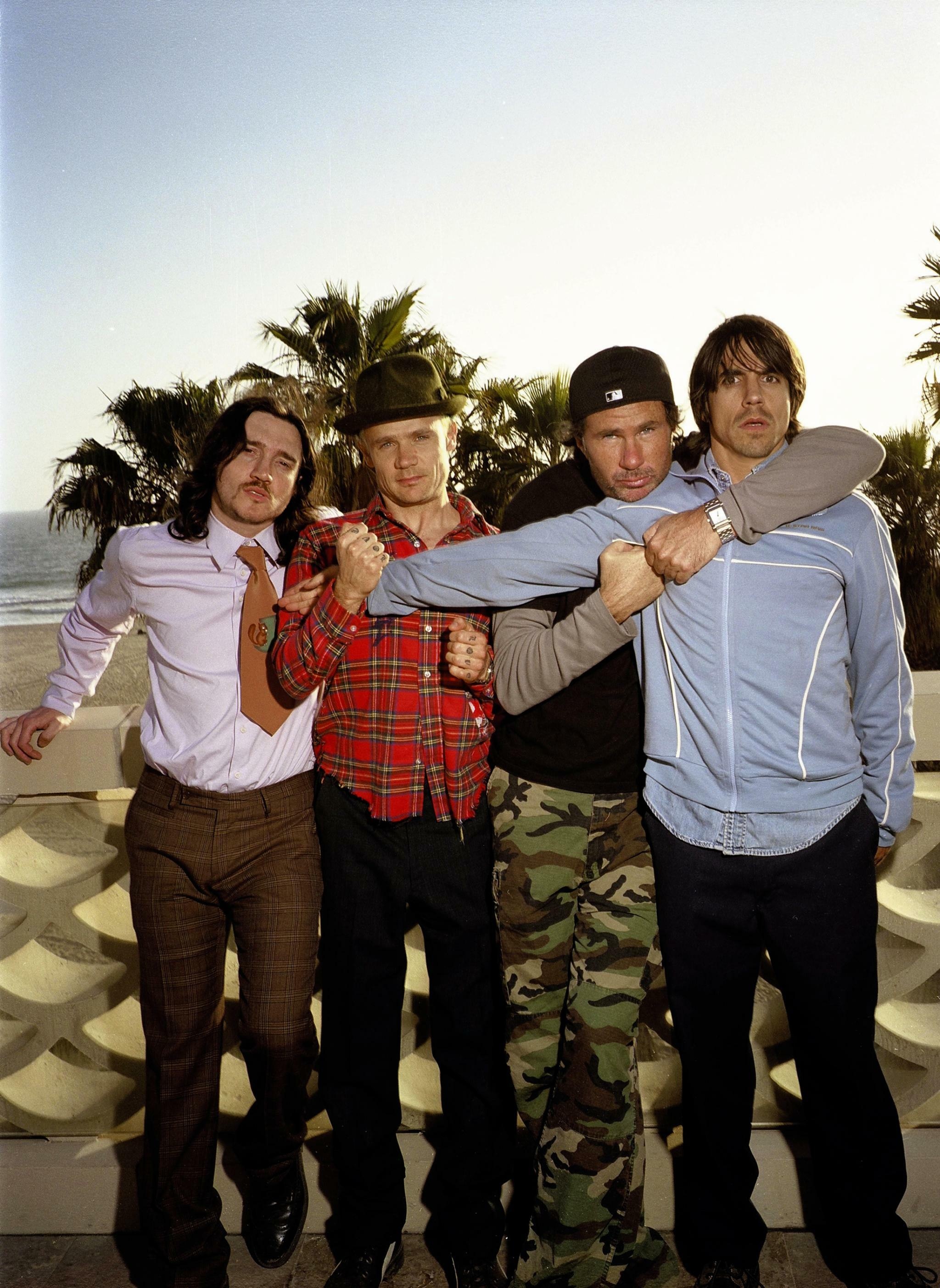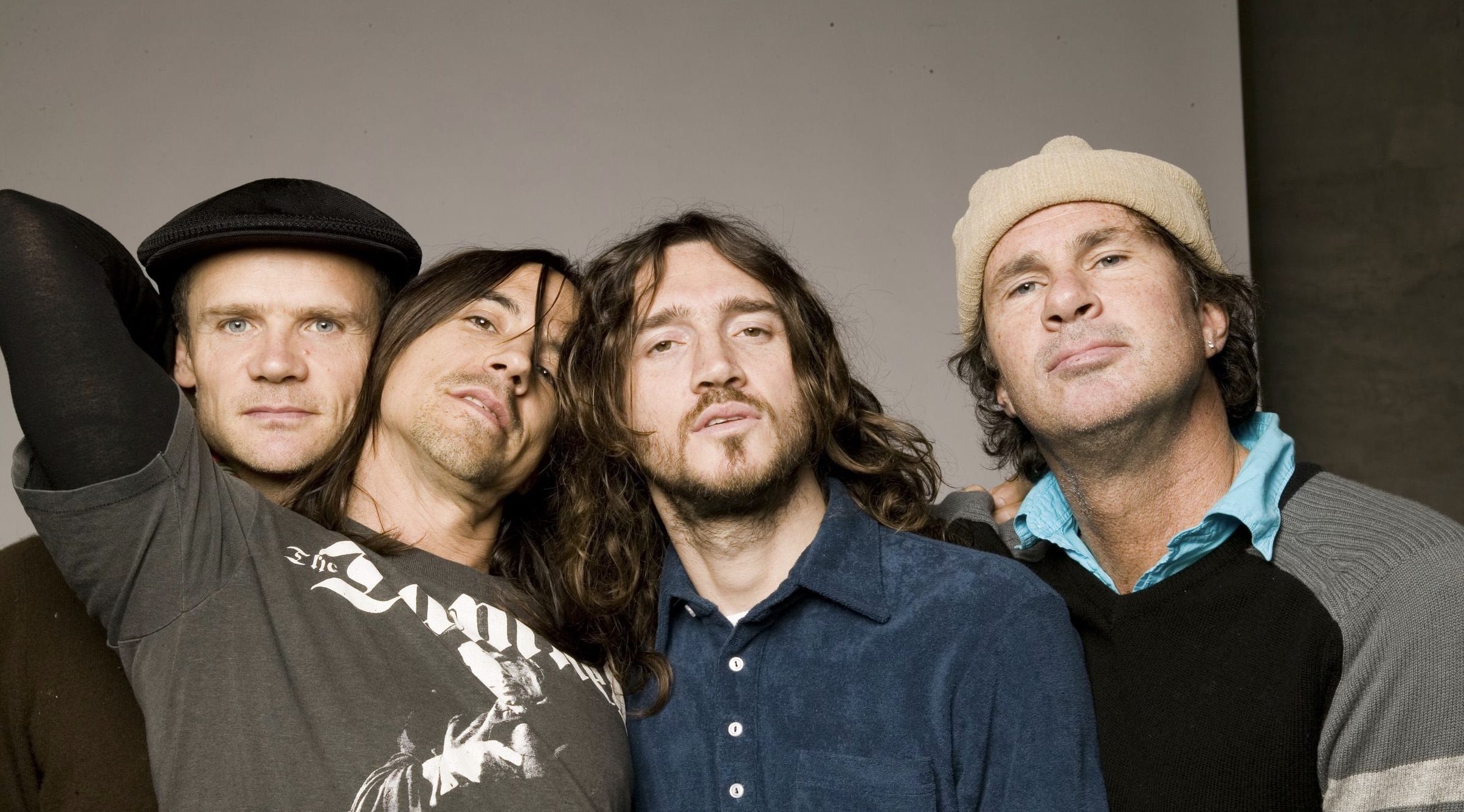Let’s dive straight into the heart of it. The Red Hot Chili Peppers are not just a band; they’re a cultural phenomenon. But like any band that’s been around for over four decades, there’s bound to be some drama, right? From their early days in the LA music scene to becoming one of the biggest rock acts in the world, the Chili Peppers have faced their fair share of controversies. Red Hot Chili Peppers controversies are as much a part of their story as their Grammy Awards or groundbreaking albums.
Now, before you roll your eyes and think this is just another clickbait article, let me tell you something. The Chili Peppers’ controversies aren’t just about scandals or tabloid gossip. They’re about the human side of fame, the struggles of staying true to yourself in a chaotic world, and the challenges of maintaining a band’s identity over the years. So, if you’re ready to get the full scoop, buckle up because we’re about to take a deep dive into the spicy side of rock 'n' roll.
And hey, don’t worry if you’re a die-hard fan or just someone curious about what goes on behind the scenes. This isn’t just a list of scandals; it’s a journey through the ups and downs of one of the most iconic bands in music history. Let’s get started, shall we?
Table of Contents
- The Early Days: From Punk Roots to Fame
- Drug Addiction and Rehab: A Dark Chapter
- Lineup Changes: The Band That Wouldn’t Break
- John Frusciante’s Departures: What Really Happened?
- Censorship Issues: Pushing Boundaries in Lyrics
- Stage Antics: When Things Got a Little Too Wild
- Festival Chaos: The Times They Caused Havoc
- Political Controversies: Speaking Their Minds
- Fan Backlash: Not Everyone’s a Fan
- Recent Drama: Is There Still Fire in the Chili?
The Early Days: From Punk Roots to Fame
Back in the early '80s, the Red Hot Chili Peppers were just a group of friends from Los Angeles who wanted to make music that was raw, authentic, and unapologetically themselves. But let’s not kid ourselves; the LA music scene wasn’t exactly known for its squeaky-clean image. Drugs, parties, and rebellion were all part of the package, and the Chili Peppers were no exception. Red Hot Chili Peppers controversies began almost as soon as they started gaining attention.
One of the earliest controversies surrounded their debut album, "The Red Hot Chili Peppers," which dropped in 1984. Critics panned it, calling it amateurish and lacking direction. But the band didn’t care; they were more focused on creating music that spoke to them and their fans. This attitude set the tone for their career: they weren’t afraid to ruffle feathers or challenge the status quo.
And then there was the infamous story of Hillel Slovak, the original guitarist, whose death in 1988 from a heroin overdose shook the band to its core. It was a wake-up call for the remaining members, especially Anthony Kiedis, who struggled with his own addiction. This tragedy became a turning point for the band, but it also fueled rumors and speculation about their lifestyle. Was it all just rock 'n' roll excess, or was there more to the story?
How Their Early Struggles Shaped the Band
The early years of the Chili Peppers were marked by both triumphs and tragedies. On one hand, they were breaking boundaries with their unique blend of funk, rock, and punk. On the other hand, they were dealing with personal demons that threatened to tear them apart. It was during this time that the band developed their signature style, but it also laid the groundwork for future controversies.
For example, their music videos often pushed the limits of what was acceptable on TV. Remember the video for "Give It Away"? It featured nudity, provocative imagery, and a general disregard for censorship. While some fans loved it, others were outraged. And that’s just the tip of the iceberg when it comes to Red Hot Chili Peppers controversies.
Drug Addiction and Rehab: A Dark Chapter
Let’s talk about the elephant in the room: drug addiction. The Chili Peppers’ struggles with substance abuse have been well-documented, and it’s no secret that it almost destroyed the band. Anthony Kiedis, in particular, has been open about his battles with cocaine and heroin, chronicling his journey in his memoir, "Scar Tissue."
But it wasn’t just Kiedis. Other members, like drummer Chad Smith and guitarist John Frusciante, also dealt with addiction at various points in their careers. For many fans, this added a layer of complexity to the band’s story. They weren’t just rock stars; they were flawed humans trying to navigate the highs and lows of fame.
Rehab became a recurring theme in the band’s history. Kiedis famously said, “You don’t have to hit rock bottom. The ground can come up and meet you.” This philosophy helped him turn his life around, but it wasn’t an easy road. The band’s willingness to confront their addictions head-on became a source of inspiration for many, proving that even rock stars can overcome their darkest moments.
Lessons Learned from Addiction
- Addiction doesn’t discriminate; it can affect anyone, even those at the top of their game.
- Rehab is not a sign of weakness; it’s a sign of strength.
- Support from friends and family can make all the difference in recovery.
These lessons are woven into the fabric of the Chili Peppers’ story, making them more than just a band—they’re a symbol of resilience and redemption.
Lineup Changes: The Band That Wouldn’t Break
Lineup changes are a common theme in rock music, but the Red Hot Chili Peppers took it to a whole new level. Over the years, they’ve had more than a few members come and go, each leaving their mark on the band’s sound and legacy. Some changes were amicable, while others were… well, let’s just say they weren’t exactly smooth.
One of the most notable departures was that of guitarist Hillel Slovak, whose death in 1988 sent shockwaves through the band. Slovak was replaced by John Frusciante, who quickly became an integral part of the Chili Peppers’ sound. But Frusciante’s own struggles with addiction led to his departure in 1992, only for him to return years later. This revolving door of guitarists became a defining feature of the band’s history.
And let’s not forget Flea, the bassist who’s been with the band since the beginning. Flea has been a stabilizing force in the band, often serving as the glue that holds everything together. His dedication to the band, even during turbulent times, is a testament to the Chili Peppers’ ability to adapt and evolve.
Why Lineup Changes Matter
Lineup changes can be controversial, especially for fans who feel a deep connection to a particular member. But for the Chili Peppers, these changes were necessary for their growth as artists. Each new member brought something unique to the table, influencing the band’s sound and direction. It’s a reminder that sometimes, change can be a good thing—even if it’s not always easy.
John Frusciante’s Departures: What Really Happened?
Speaking of controversial topics, let’s talk about John Frusciante. The enigmatic guitarist joined the Chili Peppers in 1988 and quickly became a fan favorite, thanks to his innovative playing and introspective lyrics. But his time with the band was anything but smooth sailing.
Frusciante’s first departure in 1992 was shrouded in mystery. Rumors swirled about his mental health, addiction, and disagreements with the band. It wasn’t until years later that he opened up about his struggles, revealing that he had hit rock bottom and needed time to focus on himself. The band survived without him, releasing the critically acclaimed album "Blood Sugar Sex Magik" with replacement guitarist Arik Marshall.
Fast forward to 1998, and Frusciante made a triumphant return for the album "Californication." His re-emergence was seen as a victory for both the band and their fans, proving that second chances are possible. But in 2009, he left again, citing creative differences and a desire to pursue solo projects. This second departure was met with disappointment but also understanding, as fans respected his need for personal space.
John Frusciante: The Enigma
- Frusciante’s guitar work is often cited as one of the most influential in modern rock.
- His departure and return became defining moments in the Chili Peppers’ history.
- Despite his reclusive nature, Frusciante remains a beloved figure in the rock community.
His story is a testament to the complexities of fame and the importance of staying true to oneself.
Censorship Issues: Pushing Boundaries in Lyrics
Now, let’s talk about something that’s always been a part of the Chili Peppers’ DNA: pushing boundaries. From their earliest days, the band has never shied away from controversial topics in their lyrics. Songs like "Higher Ground," "Dark Necessities," and "By the Way" tackle themes of spirituality, sexuality, and personal growth, often sparking debate among listeners.
But with great freedom comes great responsibility, and the band has faced its share of censorship issues over the years. MTV famously banned the video for "Give It Away" due to its explicit content, and radio stations have often edited their songs to make them more palatable for mainstream audiences. Despite these challenges, the Chili Peppers have remained committed to their artistic vision, refusing to compromise their message for the sake of commercial success.
And let’s not forget the infamous "Californication" incident, where the band was accused of glorifying drug use in their lyrics. Anthony Kiedis responded by saying, “We’re not telling people what to do; we’re just sharing our experiences.” This attitude has become a hallmark of the band’s approach to censorship: speak your truth, and let the chips fall where they may.
Why Censorship Matters
Censorship is a double-edged sword. On one hand, it protects audiences from potentially harmful content. On the other hand, it can stifle creativity and suppress important messages. The Chili Peppers’ willingness to push boundaries has made them both beloved and controversial, proving that sometimes the most impactful art is the art that challenges us to think differently.
Stage Antics: When Things Got a Little Too Wild
Let’s be real: rock stars are known for their wild behavior, and the Red Hot Chili Peppers are no exception. Over the years, they’ve pulled some stunts on stage that have left fans both amazed and appalled. From Anthony Kiedis stripping down to his underwear to Flea’s gravity-defying leaps, the band has always had a knack for turning a concert into a spectacle.
One of the most infamous moments came during their 1991 tour, when Kiedis attempted to climb a giant inflatable penis during a performance. Things didn’t go as planned, and the prop ended up collapsing on him, causing quite a scene. Another memorable moment was when Flea performed a backflip off a drum riser, landing perfectly and continuing to play as if nothing had happened. These antics have become a defining feature of the band’s live shows, adding an element of unpredictability that keeps fans coming back for more.
Of course, not everyone appreciates this kind of behavior. Some critics have accused the band of being too flashy or self-indulgent, but the Chili Peppers don’t seem to mind. They see their stage antics as an extension of their music: raw, unfiltered, and full of energy.
Why Stage Antics Are Important
- They create memorable moments that fans will talk about for years.
- They showcase the band’s creativity and willingness to take risks.
- They keep the audience engaged and entertained.
For the Chili Peppers, stage antics are more than just entertainment; they’re a way of connecting with their fans on a deeper level.


